Moisture is an inevitable challenge in food factories. From cleaning routines to humid processing environments, high levels of moisture can compromise equipment reliability, safety, and operational efficiency. Selecting and adapting lubrication solutions for such demanding conditions is crucial to maintaining productivity and compliance in food production.
The Challenges of High-Moisture Environments
High-moisture environments in food factories stem from a variety of sources, including:
• Frequent Washdowns: Sanitation is a top priority in food factories, requiring regular washdowns with water and cleaning agents, which can displace lubricants and promote corrosion.
• Steam and Humidity: Operations such as cooking, baking, or steaming generate humid conditions that can degrade lubricants and increase the risk of rust and contamination.
• Condensation: Changes in temperature and humidity can lead to condensation on machinery, further introducing water into critical components.
When moisture infiltrates lubrication points, it can cause issues such as:
• Corrosion and rust formation on metal surfaces.
• Dilution or washing away of lubricants.
• Reduced lubricant effectiveness, leading to increased friction and wear.
• Increased risk of bacterial contamination.
Characteristics of Effective Lubricants for High-Moisture Conditions
To combat these challenges, food-grade lubricants for high-moisture environments must possess specific characteristics:
1. Water Resistance: Ensure that the lubricant repels water effectively and maintains its performance in wet conditions.
2. Chemical Resistance: Ensure that the lubricant is not adversely affected by hygiene chemicals.
3. Corrosion Protection: Look for lubricants with anti-corrosion additives that shield metal surfaces from rust.
4. NSF Certification: Always choose NSF-registered food-grade lubricants to meet food safety standards.
5. Adhesion: Select lubricants designed to cling to surfaces and resist being washed away during cleaning processes.
6. Temperature Stability: Opt for products that can withstand extreme temperatures often encountered in food production, from refrigeration to cooking zones.
Best Practices for Adapting Lubrication in High-Moisture Settings
Implementing the right practices alongside suitable lubricants can maximise equipment reliability and extend maintenance intervals. Here are key strategies:
1. Use Moisture- and Chemical-Resistant Greases
Greases with high water washout resistance, strong adhesion properties and resistance to hygiene chemicals are ideal for components exposed to direct moisture and washdown. They provide a barrier that prevents water from penetrating bearings and seals.
2. Establish Proper Sealing Mechanisms
Ensure that equipment has effective seals to prevent water ingress. Grease-filled labyrinth seals or high-quality O-rings can protect lubrication points from contamination.
3. Conduct Regular Inspections
Inspect equipment frequently for signs of water ingress, rust, or lubricant dilution. Early detection allows you to address issues before they escalate.
4. Apply Lubricants After Washdowns
Plan lubrication schedules to follow immediately after cleaning routines. This practice ensures the lubricant is applied to a dry surface, maximising its effectiveness.
5. Leverage Auto-Lube Systems
Automatic lubrication systems can maintain consistent lubrication in high-moisture areas, reducing manual intervention and ensuring optimal performance.
6. Train Your Team
Educate maintenance staff on the importance of moisture management in lubrication and how to identify suitable products for different equipment.
Recommended Solutions from Activate Lubricants
At Activate Lubricants, we offer a range of high-performance food-grade lubricants tailored for high-moisture environments:
• Water- and Chemical Resistant Greases: Engineered to deliver long-lasting protection in wet conditions.
• Synthetic Oils with Corrosion Inhibitors: Designed to resist rust and maintain viscosity under extreme conditions.
• Single Point Lubricators: Ideal for consistent, automatic application in moisture-prone areas.
Conclusion
Adapting lubrication solutions to high-moisture environments is not just about selecting the right products; it requires a holistic approach that incorporates proper application, maintenance practices, and training. By investing in moisture-resistant food-grade lubricants and aligning with best practices, food factories can ensure equipment reliability, reduce downtime, and maintain compliance with industry standards.
Contact Activate Lubricants today to discuss how we can support your lubrication needs in challenging environments.









